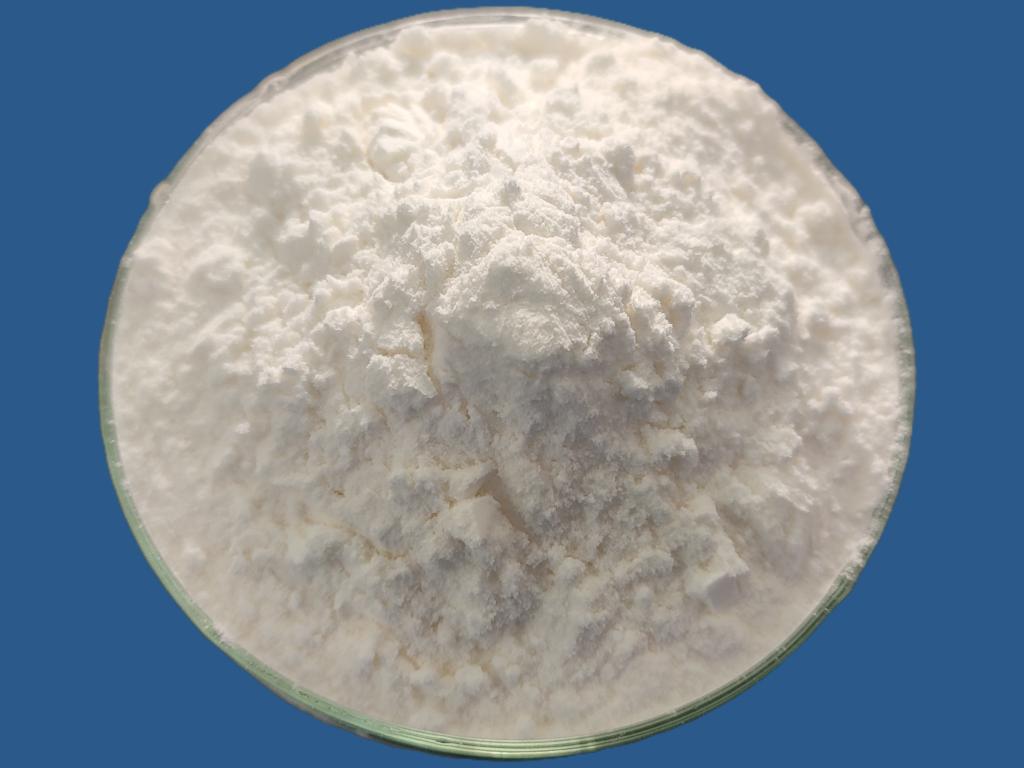
ε-Polylysine Hydrochloride and Culinary Tourism: A Unique Element in Local Cuisines
TIME:2023-12-22
Culinary tourism, an ever-expanding niche within the travel industry, celebrates the cultural richness and diversity of global cuisines. As food enthusiasts seek authentic and unique culinary experiences, local ingredients play a crucial role in defining the character of regional dishes. One such unique element making its way into local cuisines is ε-polylysine hydrochloride, a natural antimicrobial peptide. This article explores the intersection of ε-polylysine hydrochloride and culinary tourism, shedding light on how this ingredient enhances traditional flavors, ensures food safety, and contributes to the allure of local gastronomy.
1. Culinary Tourism: A Journey into Local Flavors:
Define culinary tourism and its significance in today's travel landscape. Discuss how travelers increasingly seek immersive experiences that allow them to savor the authenticity of local cuisines. Emphasize the role of unique ingredients in shaping the identity of regional dishes.
2. Introduction to ε-Polylysine Hydrochloride:
Provide an introduction to ε-polylysine hydrochloride, highlighting its natural origin and unique antimicrobial properties. Discuss its historical applications in food preservation and its recent foray into culinary innovation.
3. Preserving Tradition: Enhancing Authenticity with ε-Polylysine Hydrochloride:
Explore how ε-polylysine hydrochloride is incorporated into traditional recipes, preserving the authenticity of local cuisines. Discuss specific examples where this ingredient has been embraced without compromising the original flavors and cultural significance of iconic dishes.
4. Food Safety in Culinary Tourism: The Role of ε-Polylysine Hydrochloride:
Examine the importance of food safety in culinary tourism and how ε-polylysine hydrochloride contributes to this aspect. Discuss its antimicrobial properties and its role in ensuring the safety of local dishes, particularly in regions where foodborne illnesses may pose a concern.
5. Collaborative Initiatives: Local Chefs and ε-Polylysine Hydrochloride Suppliers:
Highlight collaborative initiatives between local chefs and ε-polylysine hydrochloride suppliers. Discuss how these partnerships contribute to culinary innovation, providing chefs with a tool to enhance food safety and quality while preserving the integrity of traditional recipes.
6. Applications in Local Street Food: A Global Perspective:
Explore the applications of ε-polylysine hydrochloride in local street food, a cornerstone of many culinary tourism experiences. Discuss how its use in street food not only enhances safety but also allows vendors to showcase the authentic flavors of their region.
7. ε-Polylysine Hydrochloride in Culinary Workshops and Experiences:
Discuss the integration of ε-polylysine hydrochloride into culinary workshops and experiences. Explore how local communities leverage this ingredient to educate visitors about their culinary heritage, fostering a deeper appreciation for traditional recipes.
8. Balancing Tradition and Innovation: Case Studies in Culinary Tourism:
Present case studies that exemplify the delicate balance between tradition and innovation in culinary tourism through the use of ε-polylysine hydrochloride. Highlight instances where this ingredient has been embraced as a tool for culinary evolution without compromising cultural identity.
9. Cultural Sensitivity and Consumer Perception:
Address the importance of cultural sensitivity in incorporating ε-polylysine hydrochloride into local cuisines. Discuss how transparent communication about the use of this ingredient contributes to positive consumer perception and acceptance.
10. Future Trends: Exploring New Horizons in Culinary Tourism:
Explore potential future trends at the intersection of ε-polylysine hydrochloride and culinary tourism. Discuss emerging collaborations, innovative applications, and the evolving role of this ingredient in shaping the culinary landscape for both locals and tourists.
Conclusion:
Summarize the article's key insights, emphasizing the unique contribution of ε-polylysine hydrochloride to culinary tourism. Highlight how this natural antimicrobial peptide, when integrated with care and respect for tradition, not only ensures food safety but becomes a compelling element that enriches the culinary experiences of travelers seeking authentic and diverse gastronomic adventures. As ε-polylysine hydrochloride continues to weave its way into local cuisines, it stands as a testament to the harmonious blend of tradition and innovation in the world of culinary tourism.

 CONTACT
CONTACT




